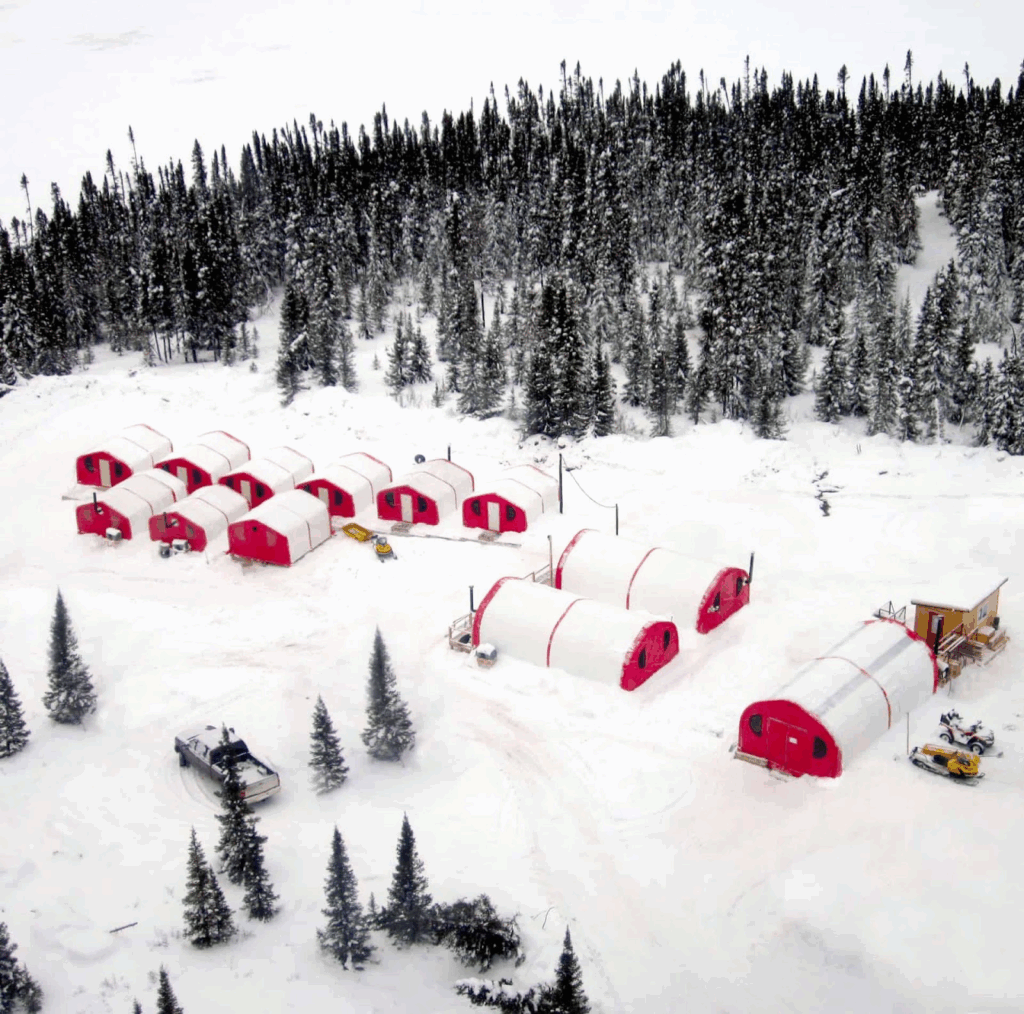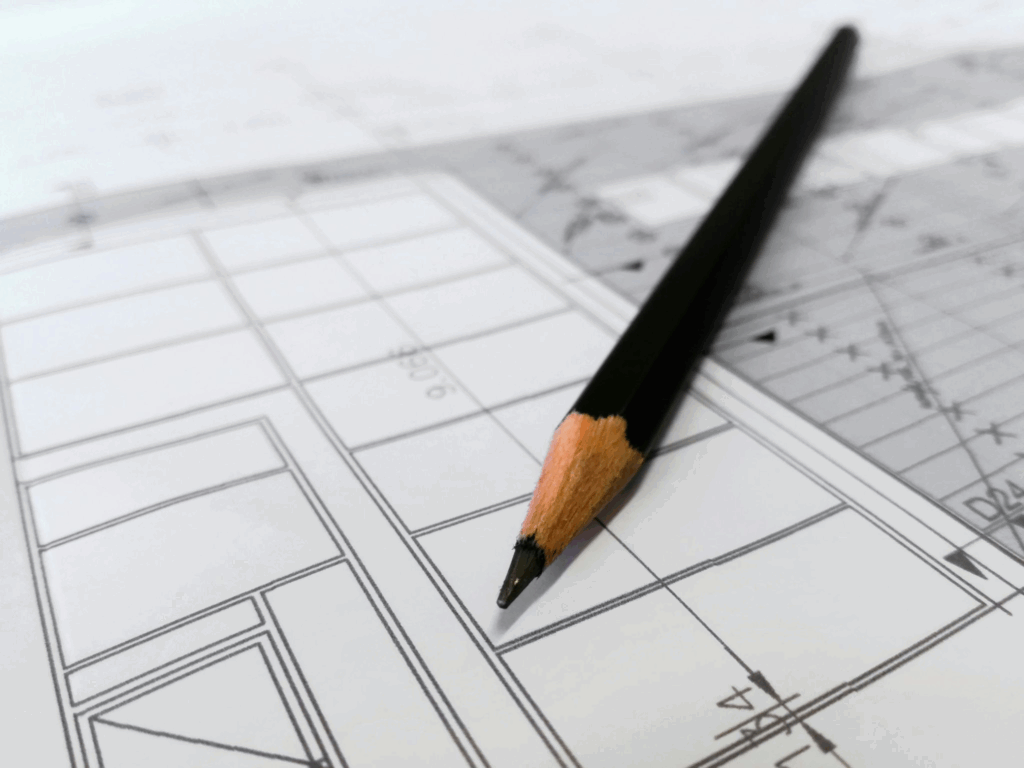
Strenuous climates prove every builder’s mettle. The task is simple: design buildings that can resist wind, ice and snow while minimizing carbon footprint.
Extreme conditions need more than stiff walls. Designing for resiliency means balancing material choice, energy use and environmental cost. Every decision, from structure to insulation, impacts survival as much as sustainability. The right combination of material and engineering can drastically reduce operating and embodied carbon, making buildings functional and environmentally sustainable for years.
The Challenge of Climate-Resistant Design
Desert heat, Arctic cold and storms from the coast highlight the extremes to which a structure is subjected. Traditional construction depends upon the rugged concrete and steel of proven, though carbon-heavy, methods.
Pressure to meet sustainable solutions forces resilient alternatives to be deployed with much less environmental debt. Climate changes also increase the possibility of crippling snowfall, hurricanes and abrupt temperature changes, subjecting traditional structures to stresses previously unforeseen.
Aside from weather extremes, geographical issues such as permafrost, shifting grounds, windy locations and salt-holding air escalate structural requirements. Designers and engineers now require structures capable of tolerating stress while minimizing lifecycle emissions, combining practical resiliency and sustainable environmental stewardship.
Site-specific concern, material ruggedness and energy efficiency lie at the core of structures that stand for decades without compromising ecological stewardship. Employing modular structures, adaptive foundations and state-of-the-art weather-resistant material allows structures to withstand today’s and tomorrow’s climate extremes while reducing maintenance needs and resource usage over decades.
Durability Meets Innovation
Stronger winds and higher snow loads require more than stronger beams. Lighter materials are being developed to minimize weight, endure longer and be less repair-intensive.
Tensioned membranes and reinforced composites resist abrasion, UV breakdown and mold. Where access for maintenance is limited, longevity is not an option but a requirement.
Innovation in coating and wear-resistant finishes enhances material longevity, minimizing frequent replacements and attendant emissions. Undoubtedly, pre-engineered structures are becoming more of a flexible template that balances resiliency and economy through rapid deployment while reducing resource use.
Their modularity allows elements to be prefabricated in controlled conditions to reduce onsite waste and improve quality control in inaccessible locations or distant sites.
Foundations with a Smaller Footprint
Ensure the foundation is secure in rugged terrain. Pouring much concrete, though often trucked in from off-site, adds additional carbon to the atmosphere.
Thin foundation configurations with gravel pads, precast components or compacted soils reduce that impact. These techniques decrease emissions by reducing concrete use, minimizing site disruption and preserving surrounding ecosystems.
Lightweight yet secure anchoring systems allow structures to withstand frost heave, moving grounds and severe conditions. Seasonal campsites or temporary structures can equally benefit from such steps to make all construction sites leave less of a footprint on the landscape.
Energy Efficiency in the Extreme
Winter heating in subzero environments and summer cooling in desert climates consume energy stores. Insulated envelopes, reflective wraps and module-based heating and cooling devices make all-critical distinctions. Building envelopes that hold heat for longer durations or reflect solar gain can reduce energy consumption by 30 to 40% over poorly insulated analogs.

Renewable power combinations, such as solar, wind or hybrid power modules, further reduce reliance upon fossil fuels. Passive design methods, including strategic orientation, natural ventilation and thermal mass optimization, can augment mechanical devices to reduce energy needs and promote occupant comfort.
Efficiency here is more than proportionate with comfort; it reduces eventual operating emissions while ensuring competent protection under severe stress.
Designing for Reusability and Adaptability
Sustainability also depends on using space when it is no longer needed for a structure. Products that can be disassembled, relocated and redeployed extend material use by orders of magnitude beyond the single project.
Flexibility saves not only by reducing cost but also by reducing waste streams. Where climate changes necessitate unconventional solutions, transformable structures can be recycled rather than being unwanted.
Adaptive structures that change and morph promote circular economy practices with minimal virgin material use. Standardized connections and recyclable, long-lasting materials allow each component to be recycled repeatedly, securing maximal monetary and environmental value.
Modular construction also allows rapid change for different uses, such as temporary residences, distant research bases or emergency shelters, with a minimum of new construction. Using lightweight yet resilient materials also enables easier and less energetic transportation, yet another emissions reduction.
Long-term planning for using components ensures that structures remain environmentally responsible for their life, demonstrating that adaptability and resilience can coexist with sustainable construction practices.
On a Final Note
Resilient construction is a trade-off between challenging nature’s biggest hurdles and embracing environmental constraints. Material choice, foundations, insulating material and versatility influence the carbon footprint to the same degree as durability.
Favoring solutions that last longer, consume less energy and leave lighter footprints upon the ground, the future balances survival with sustainability. Details matter; in this instance, from modularity to integrated renewable energy, demonstrating that resilient design and environmental care can coexist.
